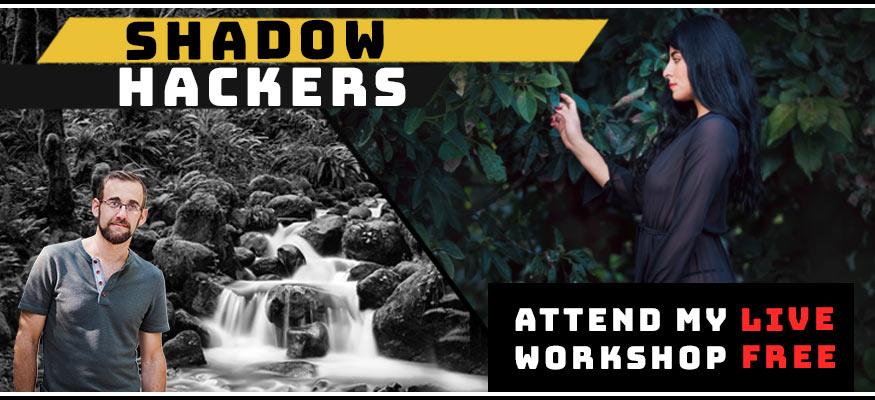JPEG, TIFF, PSD, Successive Save, Save As, and more.
by Gavin Seim. Updated 11/11. There’s often confusion about what makes a JPEG and other files degrade, so I thought I would so a few a real world test. First let me say that simply copying, or viewing a file does NOT cause any degradation as people sometimes believe. If you copy and paste a file it’s simply a bit for bit cop. There’s no loss because nothing has been altered.
When you open, and then re-save a file is when things usually change. Even if you save at the highest quality JPEG settings you have still re-compressed that file when you save again. Unless or course your using an uncompressed file format to start with (TIFF for example). But even then there can be some quality loss version after version.
So how bad is a file damaged each time you successively save it. Well lets just say you should keep your originals. I’m not saying we can’t make revision copies (or file generations as I refer to them). But we should be aware. Below we’re going to look at the same image submitted to various torturous conditions and you can then judge for yourself.
These image are 700px. Click any image to see it at that resolution, or download all the images to compare them. Images that were opened and saved with “Save As” rather than “Save” commands are noted as such. If you want to join the discussion beyond comments here is the forum topic on this.









Conclusion.
It’s clear that saving in JPEG is destructive. Saving successive file generations is especially hard on image quality. Granted one or two saves won’t trash your image, but degradation increases with each save sequence. When working I try to get as few file version from the original RAW as possible. Then use layers as I edit to maintain original infomation as much as possiible.
First because the moment we leave the RAW we throw away information. It may not be file degradation, but a TIFF, PSD file is not the same as RAW and it has to convert the data. Second because the more generations and edits of a file we make the more potential for information loss. Though the lossless formats seem to have little loss from the saves themselves, they can still be effected by compounded edits.
The bottom line is that we should always keep the original file. If you have an image you expect to be working on and re-saving a lot of times, then make it a PSD or a Tiff and save your final edit from the that if you need a JPEG for web or print. Don’t do serious edits on JPEGs.
Just some things to consider. Have fun… Gav


Wow – those are some scary results! I’m glad I shoot in RAW and use LR and PS to avoid this kind of thing. Having said that would I really open and save a jpeg 100 times?
It would also be interesting to see how the degradation evolved with the “save as…” and “resize” options. These were clearly the processes which generated the worst images, and if you had one picture which was “saved as” 10 times, one “saved as” 20 times, one “saved as” 30 times, etc. we could se if there was a critical point where an abrupt degradation ocurred or if the process degraded the picture linearly with only small changes from 10-fold to 10-fold “save as…” actions.
Thanks for testing this and sharing this. I was most surprised by the resizing by 1 pixel image.
Thank you very much for sharing the results of your interesting experiment! : ) This is THE most helpful article I have read so far regarding the “lossy” nature of the jpeg format. Question: When you open an image in Photoshop and then use “Save as” thereby creating a new and/or renamed version of the image, will the original image suffer a loss in quality as well or is it just the new and/or renamed version that suffers the loss?
Thanks Anon. When you “Save As” and make a new file you are not changing the old one so it will not degrade from that. I use LR to manage and always keep my original untouched file to go back to should I need it.
Gav
It’s day 1 of 2013 and this very comprehensive experiment is still very much appreciated. The debate is still out there, in other photo forums, about how JPEG is a LOSSY file format to begin with. With every single save.. depending on which program you use to save it.
JPEG was made for compression. It was made for small size hard drives and servers. It was made for webpages and browsers and Graphic User Interfaces. I don’t know why camera manufacturers insist on using JPEG… RAW, from the beginning, would have been much easier to work with Perhaps it’s the reason most of the manufacturers have allowed the use of RAW (although proprietary) in their semi-pro and pro lines.
Your experiment is greatly appreciated. Thank You.